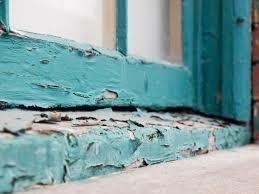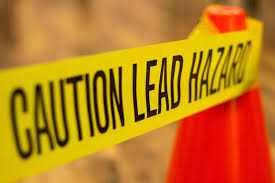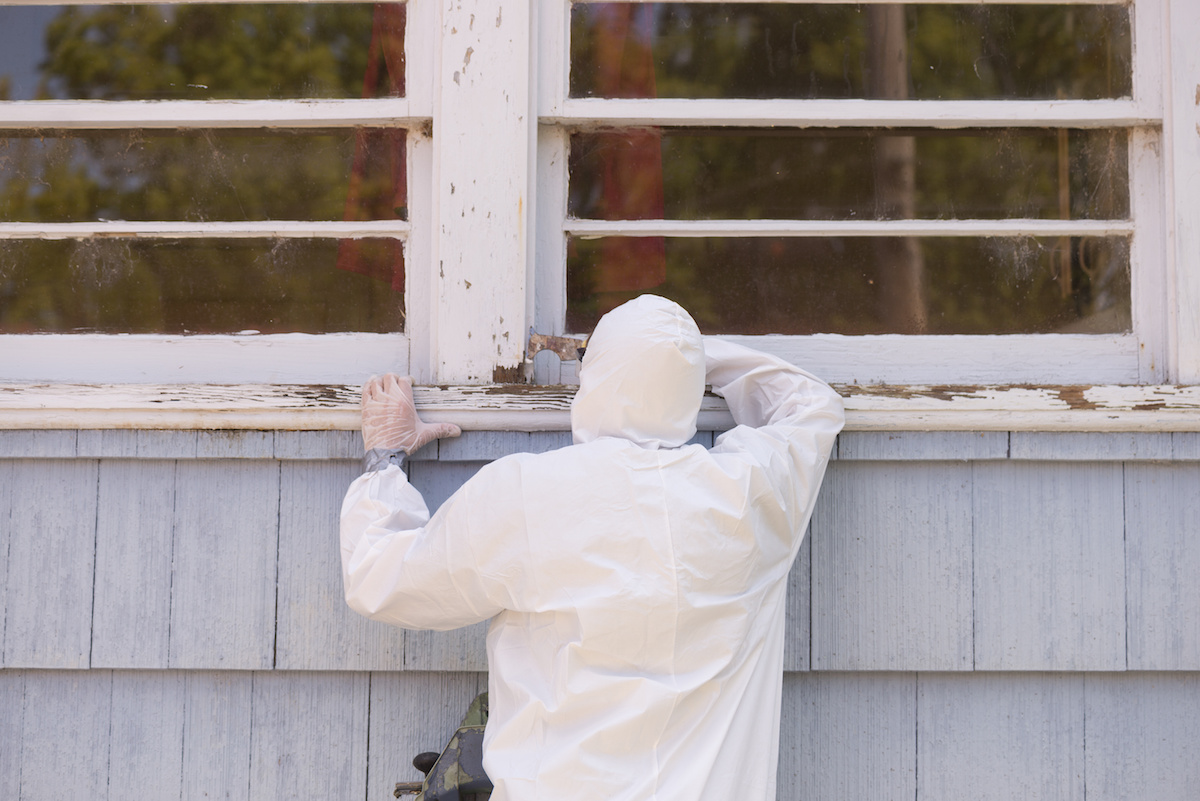
Until 2017, paint was deemed lead-free if it contained less than 1% lead by mass.
But with the release of new standards in 2017, that changed. The previous 1% allowable concentration of lead was reduced to 0.1% — a tenth of what it was before.
What does this mean for you? If you’re in business and a pre-1997 hazardous materials survey found your premises free of lead paint, that survey may now be out of date. Under the updated standards, if your workplace contains paint with a lead concentration greater than .1% but less than 1%, it is now considered lead-containing paint.
If you suspect this might be the case, you should have another hazardous materials survey conducted. Fill in our quote request form or give us a call on (02) 9555 9034.
About the revised standards
The relevant standards were published by Standards Australia in 2017, replacing a previous set of standards:
- Guide to hazardous paint management, Part 1: Lead and other hazardous metallic pigments in industrial applications
- Guide to hazardous paint management, Part 2: Lead paint in residential, public and commercial buildings
The revision to these standards reflect changes in the amount of lead allowed in manufactured paint. This amount has declined drastically over the years:
- 50% before 1965
- 1% in 1965
- 0.25% in 1992
- 0.1% in 1997
In other words, the standards for managing paint reflect the fact that paint has now been manufactured with very low levels of lead for 20 years. The way we manage the risks of lead in paint has now “caught up” with the rules around manufacturing, reflecting a more up-to-date understanding of the concentration at which risks may be present.
What are the risks of lead paint?
The health risks of lead arise when it is ingested or inhaled. When paint is in sound condition, there is little risk of lead particles being inhaled. The risks occur when the paint starts “chalking” or flaking. There’s a particular risk where paint can get worn away through frequent use, such is in sash windows.
As it deteriorates, lead paint can produce dust deposits, or lead residues can mix with accumulated dust. Dust from lead paint can also settle ouside buildings, in soil, water, food and vegetation. This means care must be taken in the placement of gardens and drinking water catchment areas where lead has been detected.
Some methods of removing lead paint are also risky, including sanding, burning and mechanical scraping. Lead residue from paint removal can be particularly difficult to detect and remove, as small particles of dust may lodge in furnishings and carpets.
If you’re commencing work on a new site, there’s a risk that it may already be contaminated with lead because of earlier, poorly controlled maintenance or repainting practices. You may need to determine background levels in surrounding soil, or on interior and exterior surfaces, prior to work commencing.

What are the health effects of lead exposure?
Human bodies get contaminated with lead in two main ways: by breathing in dust or fumes that contain lead, and by swallowing food or water that contains lead. Serious long-term health problems can come from high lead levels, harming almost every part of the body, especially the brain, kidneys and reproductive organs. The developing brains and nervous systems of unborn children are especially at risk from lead contamination.
Symptoms don’t necessarily appear straight away in people whose health is affected by lead. When they do appear, symptoms include lethargy, stomach pain or constipation, headaches and irritability. Children show these symptoms at lower levels of exposure than adults do.
What regulations apply to lead paint?
Under the Protection of the Environment Operations Act 1997, councils have the power to control pollution caused by lead hazards. Councils can issue prevention notices to anyone they suspect of acting in a way that endangers the environment.
The Work Health and Safety Regulation 2017 contains the following clauses, which can carry penalties if not carried out:
- “A person conducting a business or undertaking at a workplace must assess each lead process carried out by the business or undertaking at the workplace to determine if lead risk work is carried out in the process.”
- “A person conducting a business or undertaking at a workplace must ensure, so far as is reasonably practicable, that contamination by lead is confined to a lead process area at the workplace.”
- “A person conducting a business or undertaking at a workplace must ensure that any measures implemented to control health risks from exposure to lead at the workplace are reviewed and as necessary revised.”

What should I do next?
If you have an existing hazardous materials survey that you think may be out of date, or you have any questions about lead, call Airsafe on (02) 9555 9034.
To get a fast quote for a hazardous materials survey, fill in our quote request form.



